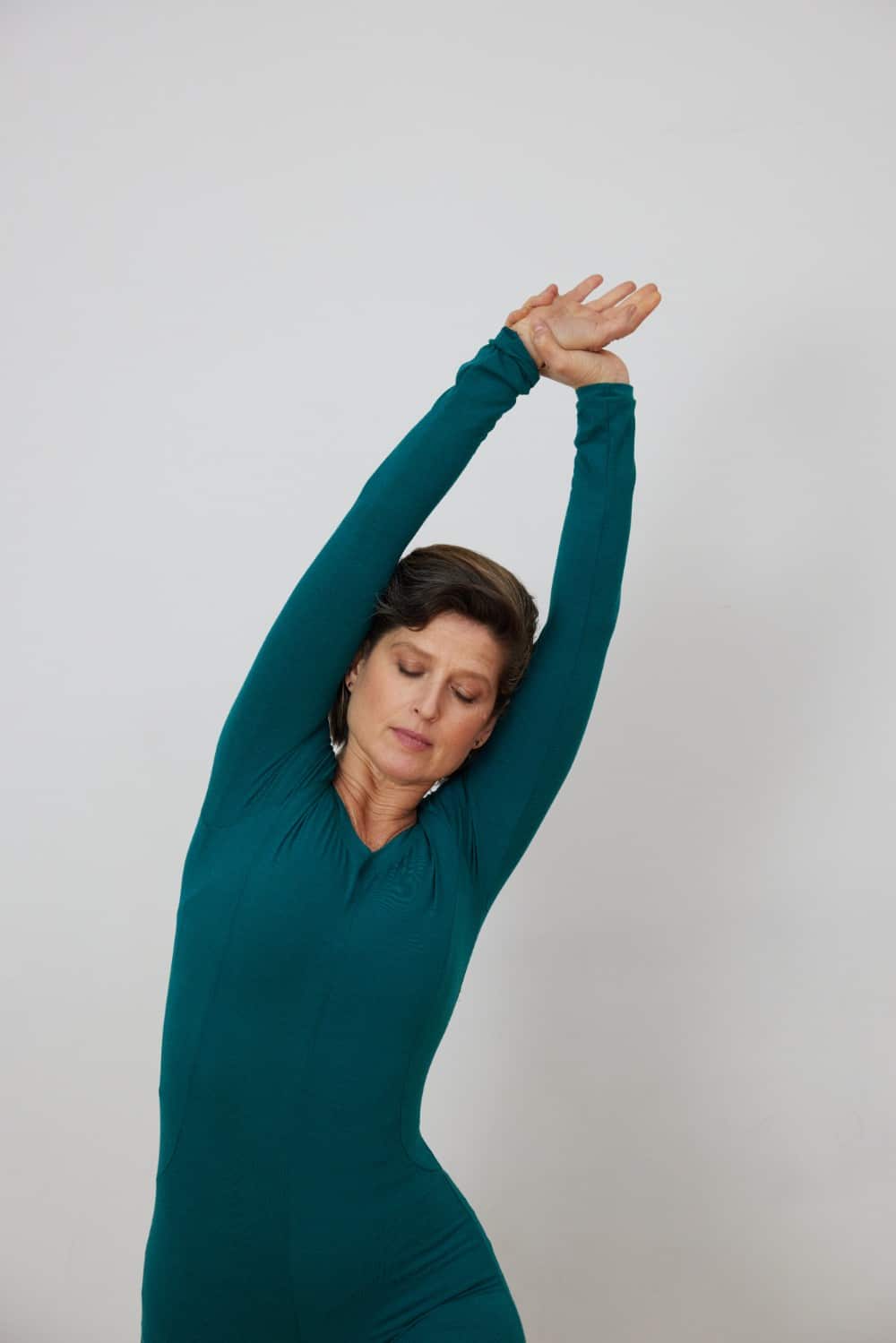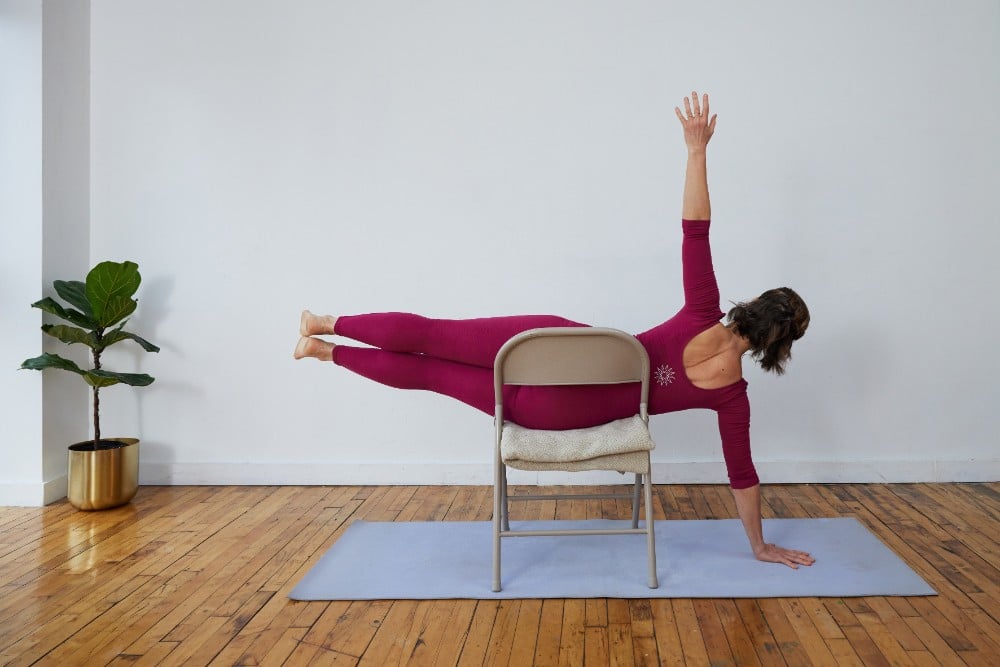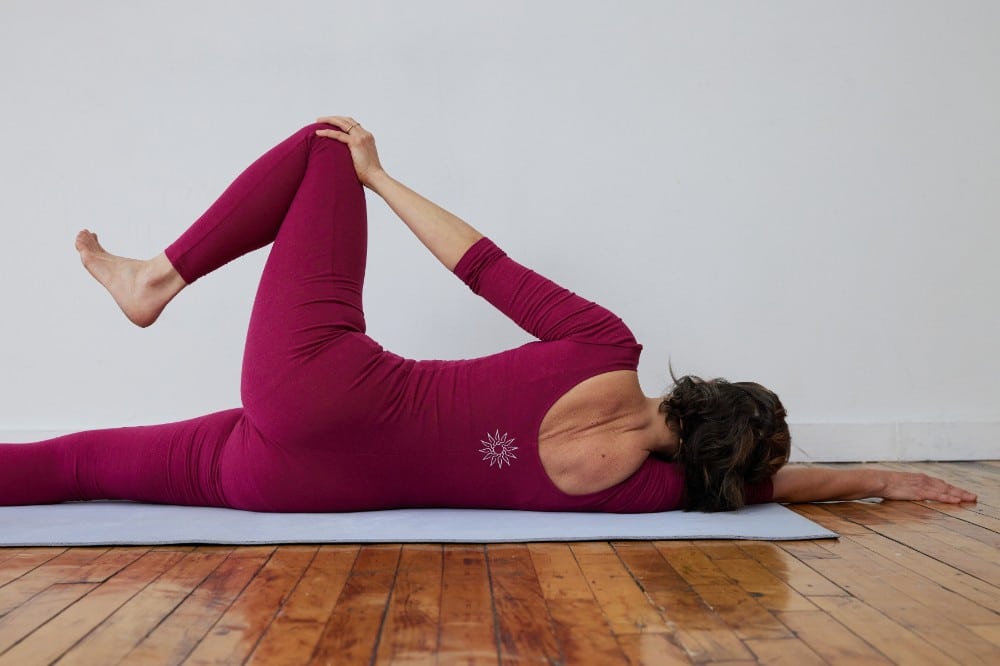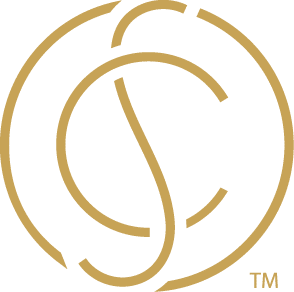Scoliosis Therapy For Adults and Teens
With a curve of less than 45 degrees.
At-Home Scoliosis Therapy
Scoliosis Conditioning is a doctor-and therapist-approved scoliosis therapy designed to do at home. These programs will provide you with a foundational practice that you can take with you for the rest of your life.
How It Works

# 1
Know Your Curve
Scoliosis therapy must be specific to the individual. That’s why we have tailored our scoliosis therapy plans around your specific curve pattern. We have carefully designed four sequences based on the most common curve patterns: Levo lumbar (lower left), dextro thoracic (upper right), thoracolumbar dextroscoliosis (C curve to the right), and Levo lumbar/dextro thoracic (S Curve). This is why it is imperative to understand your curve pattern before choosing a program.
Unsure of your curve pattern? Get our free guide, Embrace Your Variation. Inside you’ll be given tools and a map to identify your unique curve pattern in 6 clear steps.
Get STARTED TODAYScoliosis Conditioning programs are recommended for individuals with curves in the range of 15-45 degrees. If your Cobb Angle is 45 degrees or higher, please consult your doctor for advice.
# 2
Select Your Scoliosis Conditioning Package
Scoliosis Conditioning programs are designed for 4 curve patterns:
- Left Lumbar (lower left)
- Dextro Thoracic (upper right)
- Thoraco-Lumbar Dextroscoliosis (C curve to the right)
- Dextro Thoracic, Levo Lumbar (S curve- upper right and lower left)
Once you understand your curve pattern, you can decide how you want to work: solo, or guided through the sequences with me. Either way, you will have the videos for life.
DISCOVER THE PACKAGE THAT IS RIGHT FOR YOUScoliosis Conditioning programs are not suitable for variations of these curve patterns. If you have a curve pattern on the opposite side (i.e., right lumbar instead of left lumbar), please contact me to discuss options.
If you have undergone spinal fusion surgery, please consult your doctor before attempting these exercises.



# 3
Practice At Home
Solo practice
Scoliosis Conditioning programs are designed to be done at home. How often you practice depends on the degree of your curve. The more severe the curve, the more often you should do the exercises. See our FAQ’s for recommendations on how often to practice.
Guided Practice
Although these scoliosis treatments for adults and young adults are suitable for practicing at home, it is recommended that you work with a trained scoliosis therapist to make sure you are doing the exercises correctly. You may need modifications for the exercises or have other spinal conditions that will affect which exercises you can and cannot do. I am here to help.
# 4
Check In Periodically With A Scoliosis Therapist
Although these scoliosis treatments for adults and young adults are suitable for practicing at home, it is recommended that you work with a trained scoliosis therapist to make sure you are doing the exercises correctly. A scoliosis therapist can also add to your treatment protocols.
We recommend checking in once every 1-3 months.

# 4
Check in yearly with your Doctor
Whether it’s getting another x-ray image or having a specialist examine your spine, you’ll want to see how you are progressing. These programs are designed to help manage curve progression, ease pain, and build strength and resilience. Reversing curve progression will depend on age, the degree of the curve, and whether you have any other spinal conditions that may interfere with your progress.


